
Smart home technology and sustainability takes centre stage at the Ideal Home Show 2025
A big thank you to Media 10 Ltd for inviting us to the VIP PR preview of the Ideal Home Show 2025 at Olympia London.

A big thank you to Media 10 Ltd for inviting us to the VIP PR preview of the Ideal Home Show 2025 at Olympia London.

With over 20 years’ experience as an agency leader Mandy Brooks has built brookscomm from the ground up, gaining a wealth of knowledge on how

Business leaders and sales and marketing professionals are often incredibly busy, short of time and are looking for quick ways to generate leads. For many of
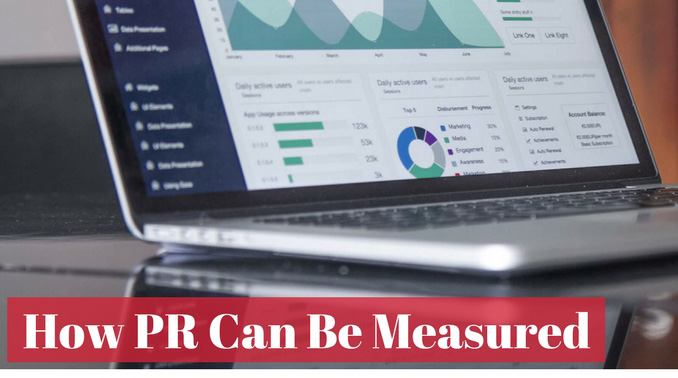
Unlike Marketing or Advertising, which have clear, measurable ‘tick-box’ outputs and results, PR is considered by many as ‘fluffy’. A common misconception is that it’s

Good press releases are worth their weight in gold and are solid components of your PR and Marketing armoury. Professional press releases need to be
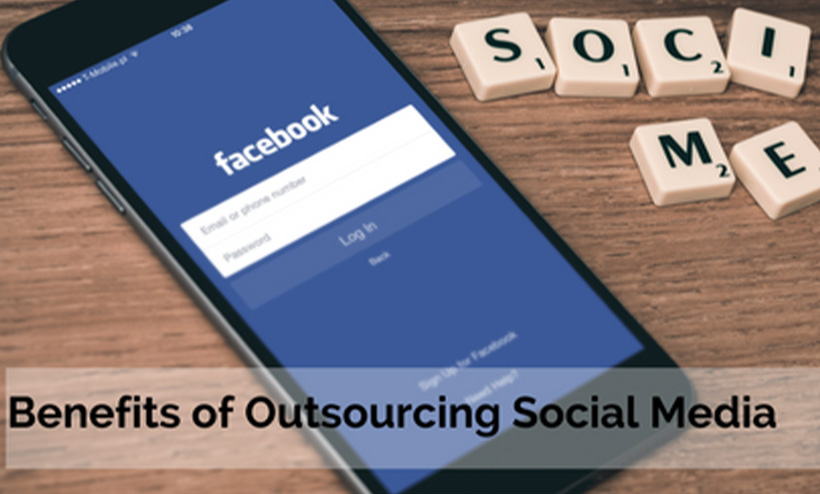
Social media isn’t just for teenagers! Whether you are a start-up company or an established brand, utilising a variety of channels to increase brand awareness

You and your team have worked hard. Maybe you’ve pulled off a great launch event, gone above and beyond to provide exceptional results for your
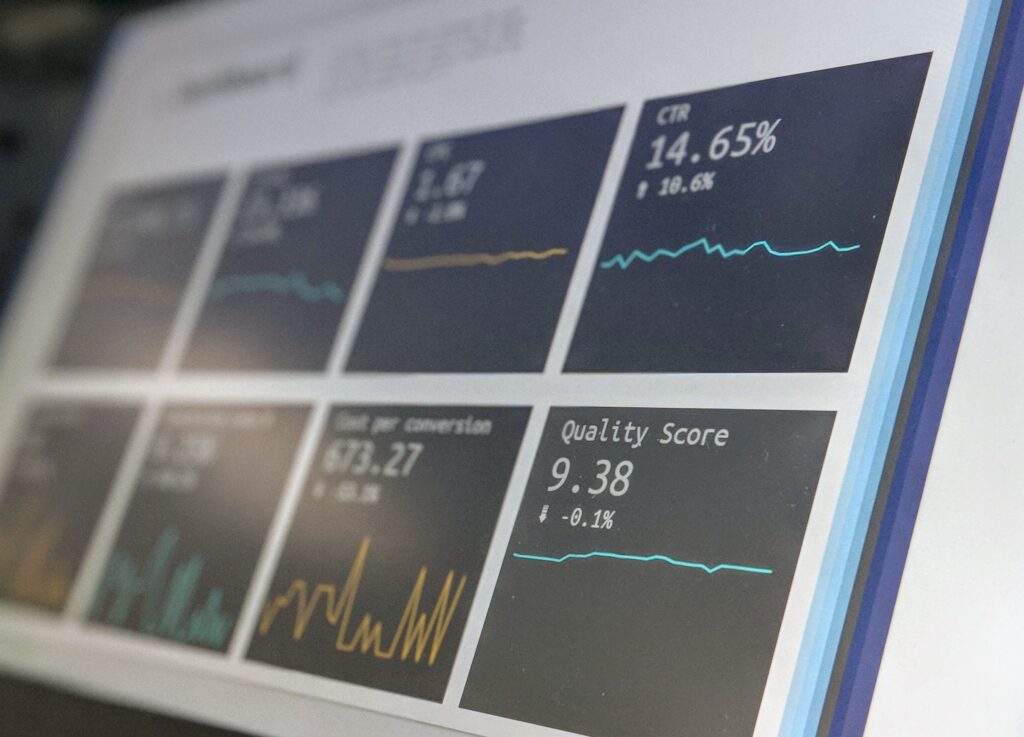
In today’s busy workplace people don’t like being “sold to” and resent being bombarded with emails and intrusive phone calls.
Successful businesses are using a new approach to reach new customers. An approach that combines the latest proven PR & Marketing tactics to reach, inform and educate your target audience about how your business solves their challenges.
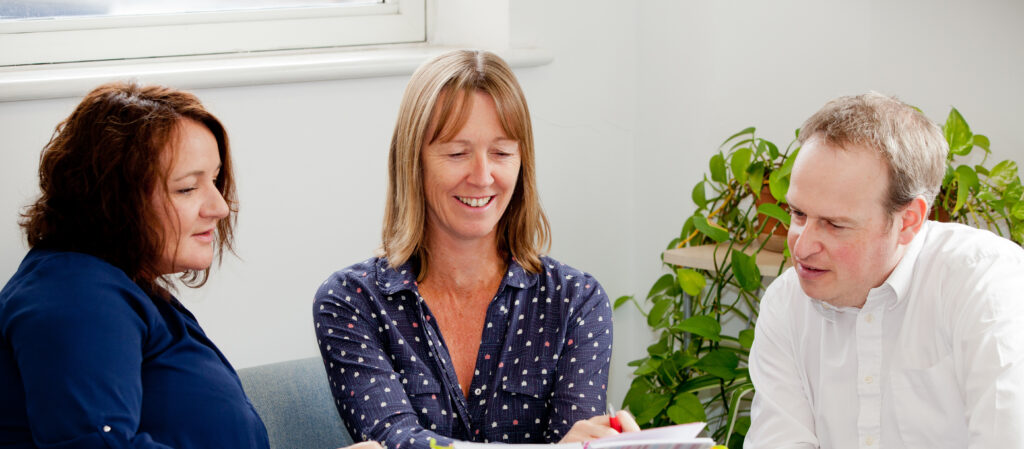
No More Stuffing Envelopes! PR isn’t what it used to be. Traditional PR and its methods are still relevant, print is still in high demand,
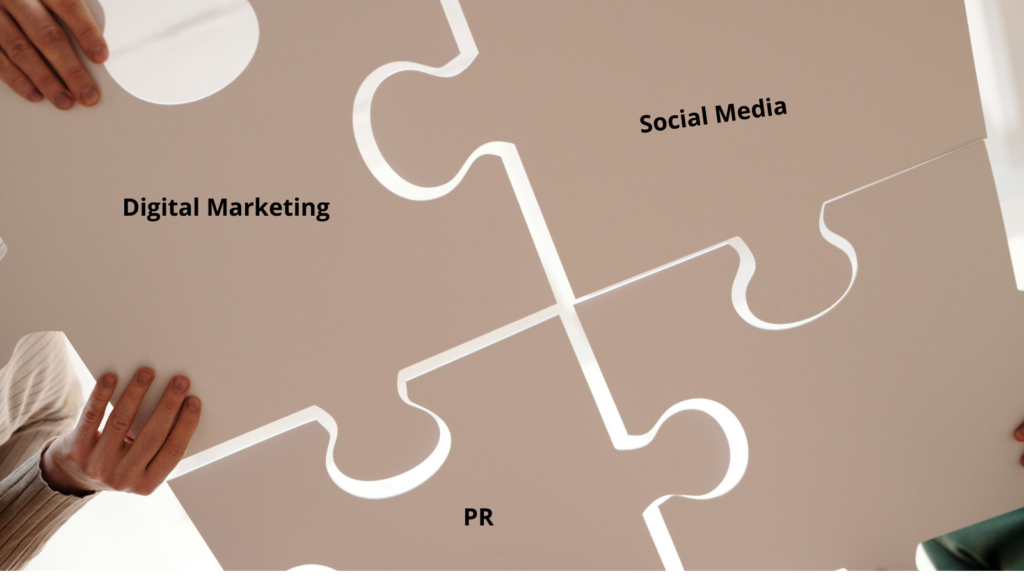
The evolution of Marketing and PR, with the advances of technology, means that amazing, measurable, cost effective and successful integrated campaigns are now increasingly possible.
Call us now to discuss your PR & Marketing needs
01483 537 890
Alternatively, email us at
hello@brookscomm.com
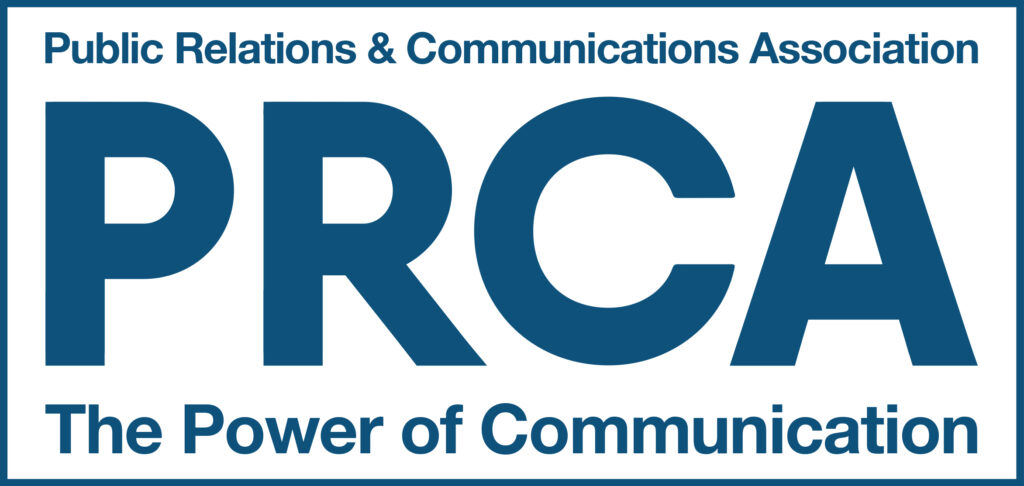


Michael is our lead for digital marketing and responsible for developing strategic marketing
Michael is our lead for digital marketing and responsible for developing strategic marketing
Michael is our lead for digital marketing and responsible for developing strategic marketing that brings together communications and brand content across paid, earned, shared and owned media for brookscomm and its clients.
As a commercially astute professional with over 25 years of experience in marketing and PR, Michael uses an analytical approach to assess and optimise campaigns to meet KPIs. He is a digital advertising expert, planning and managing successful, cost-efficient campaigns on platforms such as Amazon, Google, Facebook, LinkedIn and Twitter.
A talented and adaptable writer, Michael produces clear marketing briefs and customer centric marketing and PR content across various formats, helping the business to deliver its integrated services.
Michael is committed to continuous development, earning professional and postgraduate digital marketing diplomas. He was also previously a committee member of the Surrey CIM (Chartered Institute of Marketing).